Work more efficiently
Free up the resources you need to provide your best care.
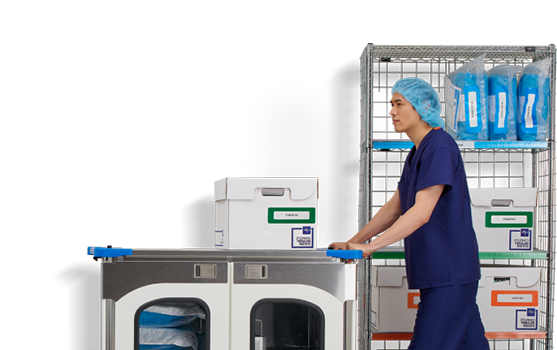
Improve performance and productivity with lean strategies
Healthcare leaders are under pressure to deliver more and better care, but without increasing staff, space or supply dollars. The bottom line is, to do more with less requires eliminating waste and inefficiency.
From maximizing supply utilization and storage areas to minimizing the time caregivers spend on non-clinical activities, we help you increase productivity and lower operating costs.
Optimize supply utilization—and your budget
The cost of wasted supplies adds up fast. One study estimated that nearly $1,000 in opened but unused products are thrown out after neurosurgery procedures.1 That’s almost $3 million. We have lean tools and processes to help you improve utilization and reduce the waste of unused or expired products.

Utilization Review
Using industry benchmarks, we identify ways to reduce and standardize SKUs.

PAR Optimization
Based on past supply use, we help you set and maintain optimum PAR levels.
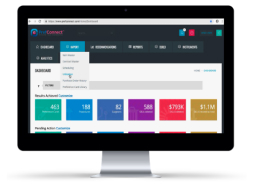
Pref Card Management
Maximize pref card accuracy and minimize waste with our cloud-based tool.
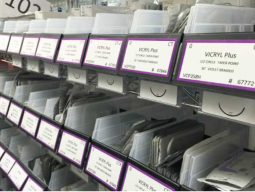
Suture/Endo Management
Reduce expired sutures/endo with a customized inventory management program.
How less time on supply tasks gave nurses more time for care
It’s not about more hours in a day; it’s about spending less of them doing things that can be better managed through the supply chain. We worked with a major health system to streamline their supply management and free caregivers to do what they do best: care for patients.
Relieve clinicians of supply tasks so they can focus on care
Caregivers often spend more time hunting down items and managing supplies than caring for patients. Yet when nurses are able to stay focused on caregiving, patients are less likely to suffer complications. We have efficient ways to help you simplify supply management and return caregivers to the bedside.
Streamline supply handling from “dock to doc”
We help you eliminate time-consuming, labor-intensive steps with services ranging from providing bins at the dock to decasing for the OR.
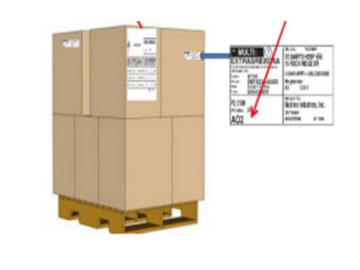
Enhanced Bulk Delivery
We clearly label bulk supplies with your item number and storeroom bin location for easier organization and faster workflow.

Advanced LUM Cart Delivery
Receive supplies in just the right quantities, pre-organized and delivered in totes on carts to any area of your facility.

Periop Decasing
Save labor with surgical supplies that arrive shelf ready with cardboard packaging removed.
Reduce setup times
Drive efficiency with kits, trays and case cart delivery systems customized to your protocols and clinician preferences.
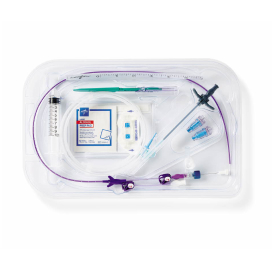
Custom and Standard Kits
Gain efficiencies and speed setup times with kits designed around your clinical protocols and preferred products.

Complete Delivery System
Customized picking system puts all disposable surgical supplies into one container for quicker case cart assembly and faster room setup.
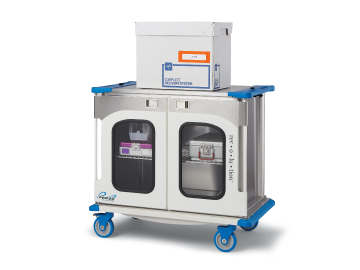
Surgical Case Delivery Service
Disposable, surgeon and procedure supplies are combined into one efficient delivery process, freeing surgical staff for direct patient care.
Take advantage of every available inch of storage space
As care needs expand, supplies can quickly overcrowd existing storage areas, causing mis-picks and extra work for caregivers as they hunt for supplies on chaotic shelves. We have several solutions for making supply spaces more organized and efficient.

Supply Room Redesign
We work with you to assess and redesign your storage areas to improve day-to-day supply handling and storage.

Periop Space Redesign
Starting with an on-site logistical assessment, our experts create a customized plan to maximize storage capacity and layout.

Third Party Logistics
Use our nearby warehouses to gain extra space for bulk buys, emergency preparedness supplies, capital equipment and nonessential services.
References:
- Zygourakis CC, Yoon S, Valencia V, Boscardin C, Moriates C, Gonzales R, Lawton MT. Operating room waste: disposable supply utilization in neurosurgical procedures. J Neurosurg. 2017 Feb;126(2):620-625.
